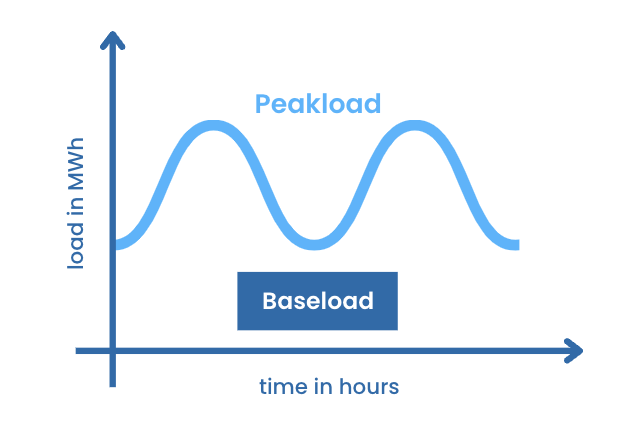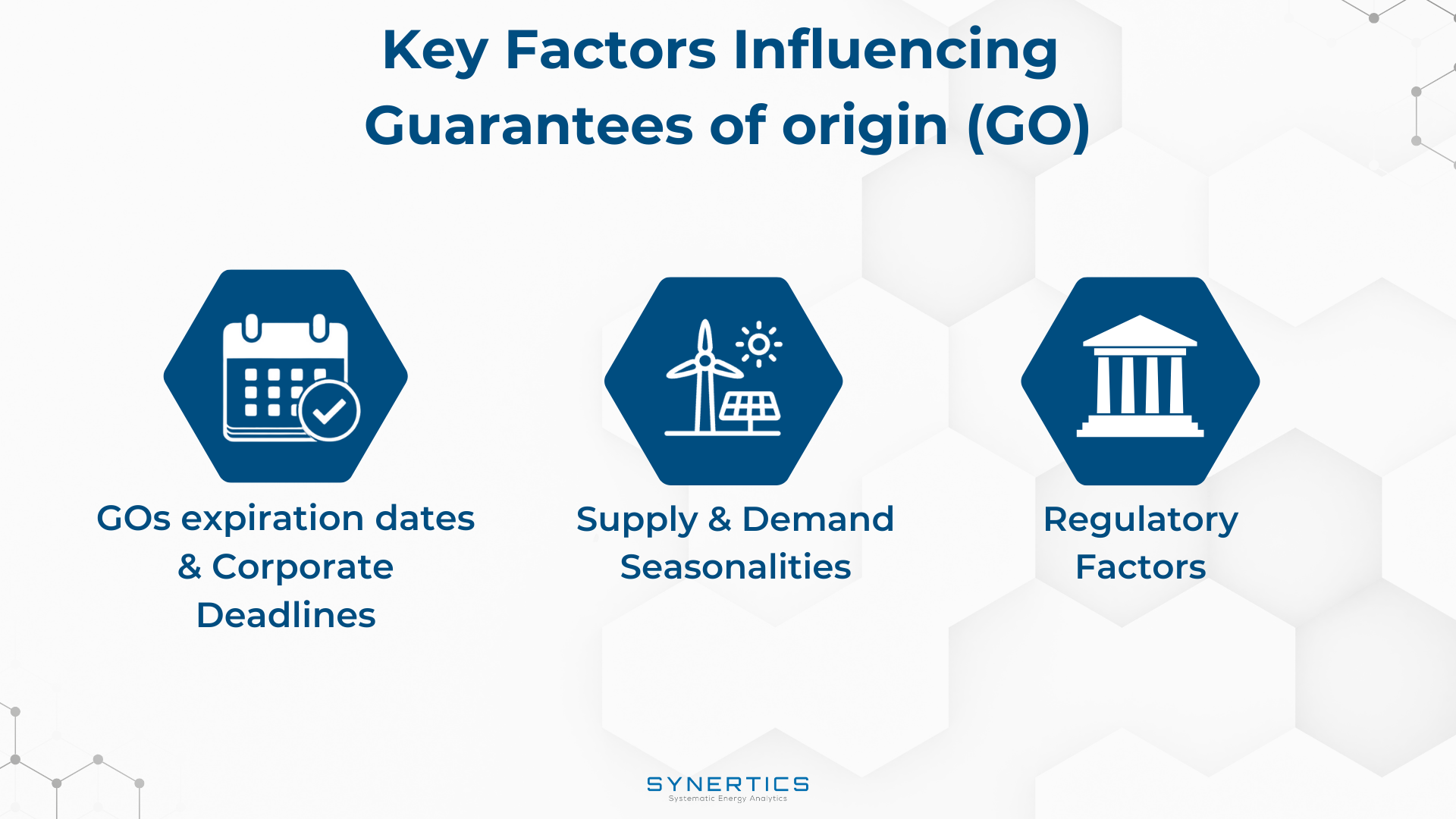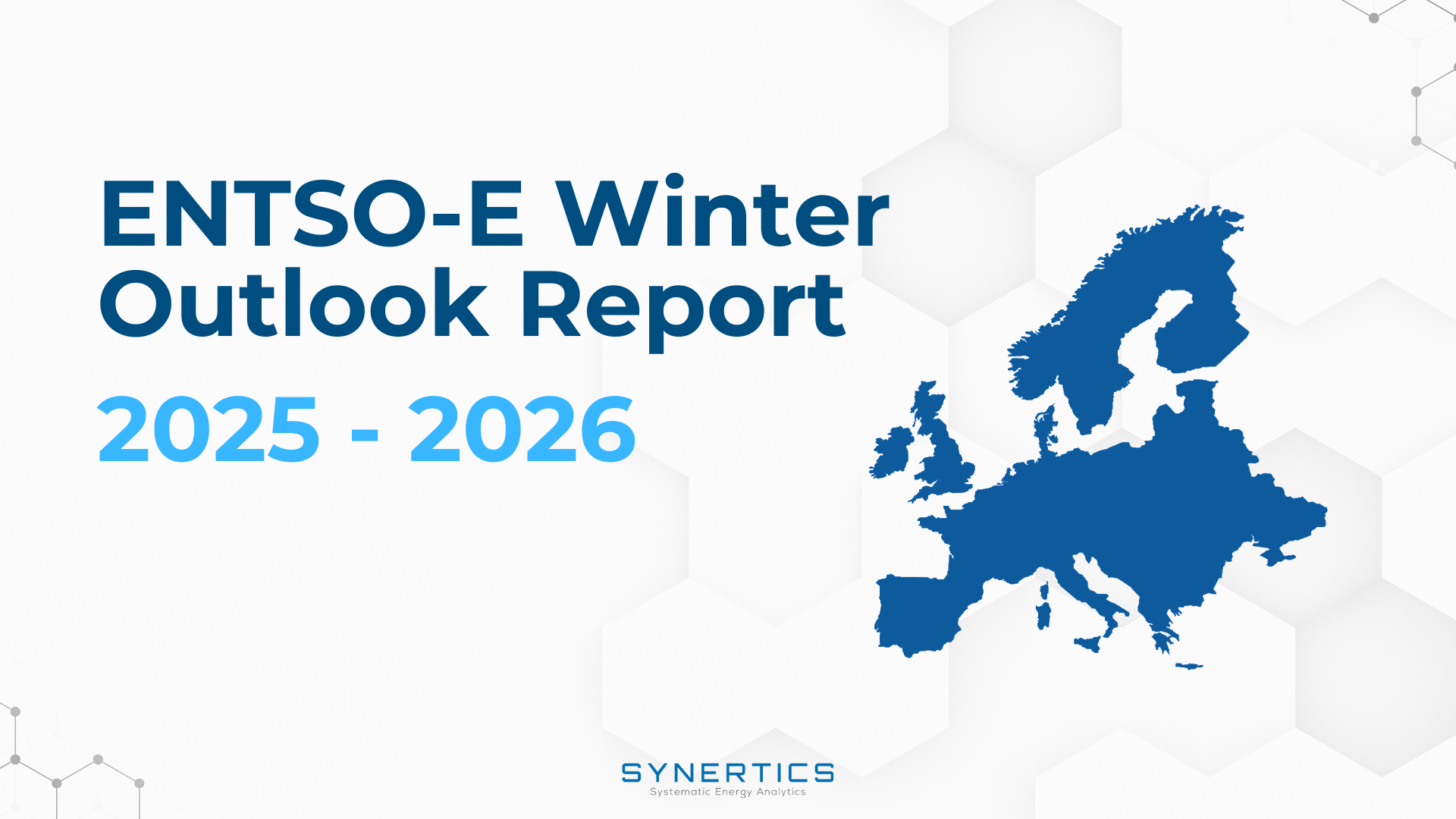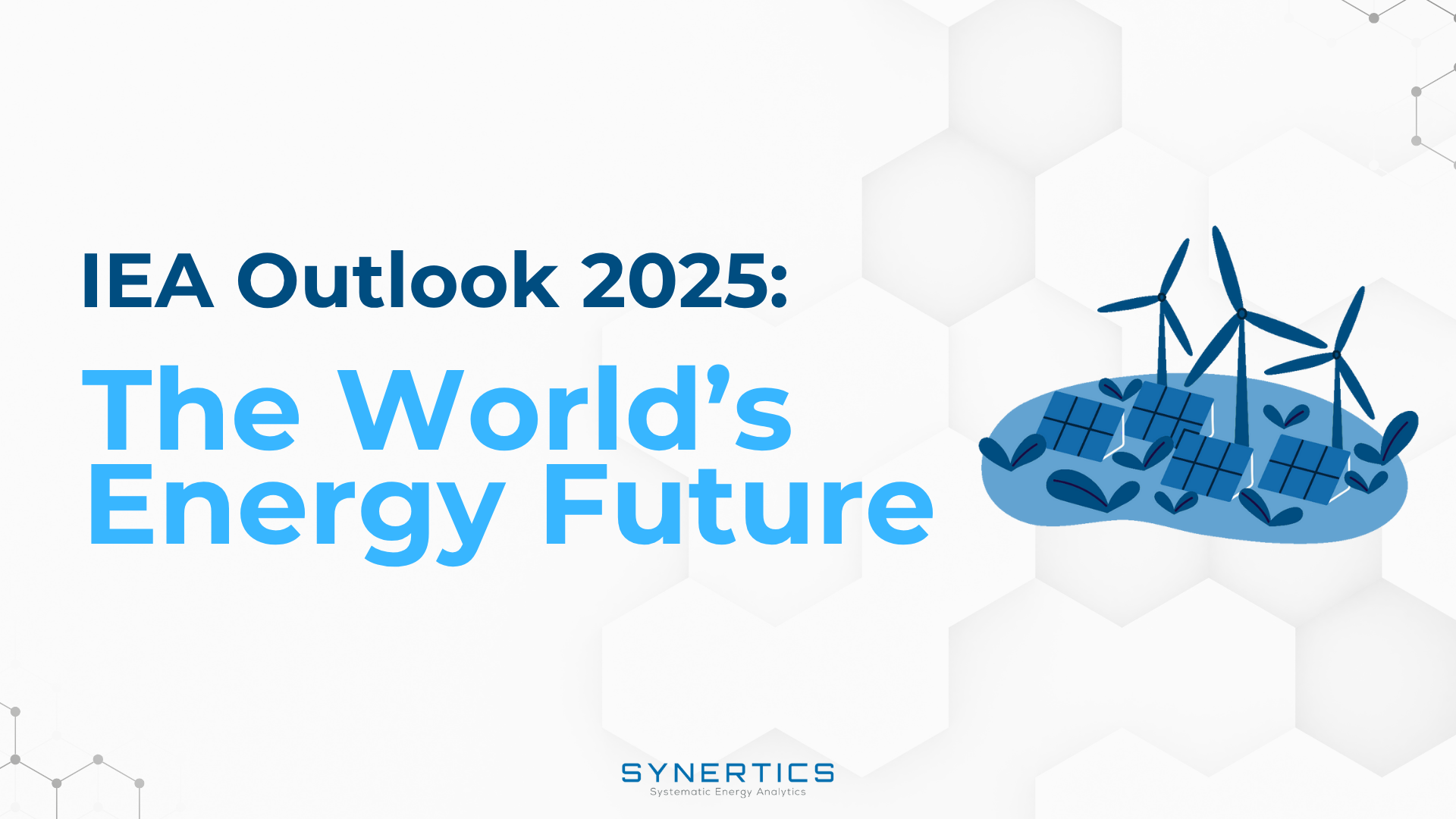Join us on our journey towards renewable energy excellence, where knowledge meets innovation.
Understanding the difference between baseload and peakload is crucial for building a resilient and efficient energy system.

These peaking demands are often for only shorter durations.

These plants are running continuously over extended periods of time to cater to the base demand of the grid.
These plants are only activated to cater demand peaks.
Wind turbines and Solar power are often classified as variable renewable energy sources (VREs) or intermittent renewable energy sources.
Why?
Because their electricity output is dependent on the availability of wind and sunlight, which can vary over different timescales, and even across seasons.
As a result of this variability, they are not typically considered a Baseload or a Peakload energy source.
As we shift towards a more renewable energy future, it's also important to understand how variable renewable energy sources, such as wind and solar power, fit into this picture and how they can be integrated with other sources of electricity to meet our energy needs.
Wind and solar power are often paired with other sources of electricity and energy storage systems, to balance out fluctuations in supply and demand, ensuring a stable and reliable supply of electricity, while also maximizing the use of renewable energy resources.
Check out our LinkedIn post on this topic here.
Synertics provides advisory services and develops digital data-driven solutions for the energy industry with the purpose of driving productivity and transferring knowledge.

Insights, Market-trends
15th Dec, 2025

Insights
2nd Dec, 2025

Insights
19th Nov, 2025